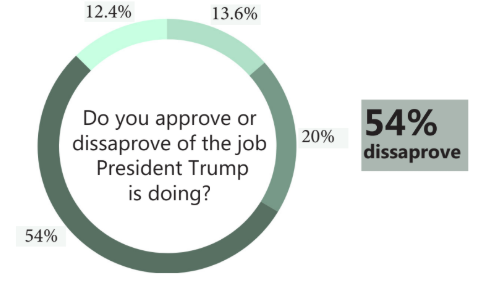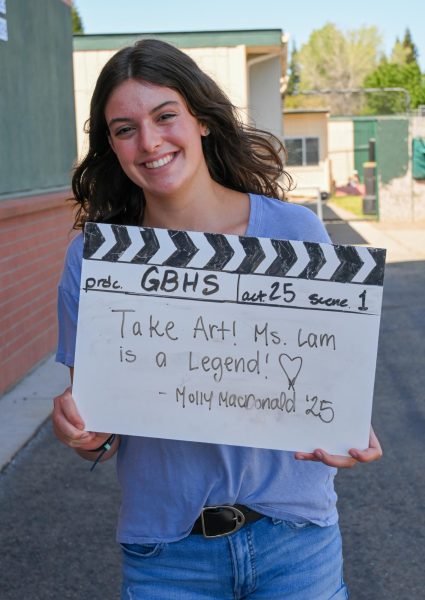NASA is Heading Back to the Moon, How Younger Generations are Getting Involved
A telescope set up by an attendee during the Sacramento Valley Astronomical Society’s 2022 Star Barbecue.
After more than 50 years, NASA is returning to the moon. Their goal – to explore the moon like never before while inspiring younger generations of scientists.
“We are the Artemis Generation,” NASA shared on their website.
Local organizations, like the SMUD Museum of Science and Curiosity, referred to as MOSAC, are finding creative ways to provide engagement for younger audiences like never before.
Cadence Putnam, a program director at MOSAC, is creating a building challenge for visitors based around lunar landers and satellites. MOSAC is an interactive science center located in Sacramento, CA, with the goal of providing hands-on science to people of all ages.
Throughout the Artemis mission, NASA is going to be dropping satellite sensors, formally called CubeSats, while in orbit around the moon. These shoe-box sized sensors will perform scientific investigations, and demonstrations at a significantly lower cost than regular satellites.
Her activity involves building a lander within set constraints, and measuring how high you can drop it while keeping the contents safe. The challenge, you can’t use a parachute. Due to the reduced atmosphere on the moon, a parachute won’t be able to protect the lander.
“We see a lot of older kids, teenagers and adults spending a lot of time just building, engineering and problem solving, trying to figure out how to build the right kind of lander,” Putnam said.
Putnam has been working with science museums since she was 17, and has created a variety of exhibits. Her most recent ones are the lander activity, and an activity where you build and race wooden cars.
“I wanted to be doing something that was getting kids excited about science and kind of sparking that curiosity and that desire to find out more,” Putnam said.
Jacob Marchuk and Paarth Gogna, students at Granite Bay High School, both aspire to have careers with NASA and in astronomy. Organizations, like MOSAC, are helping them explore this passion more closely.
Marchuk, a junior, attended a two week summer camp this year at Rice University. The focus there was on aerospace engineering and aviation.
Attendees listened to keynotes from professors, and got lectured by experts while on a trip to the Johnson Space Center. They also worked collaboratively with each other to solve various problems during experiments and activities.
“As long as we’re collaborating, as long as we’re working together, we’re (going) to be able to get to where we want to go,” Marchuk said.
Gogna, a freshman, has his own dreams, and wants to help the dreams of others come true.
“The younger generations want to get to Mars, and to get to Mars, we have to go to the moon,” Gogna said.
He is a part of the Sacramento Valley Astronomical Society, called SVAS. They are a non-profit organization whose mission is to help inspire and provide resources to amatuer astronomers.
By organizing trips to observatories, or having guest speakers, SVAS has something for everyone.
“(My friends) invited me to the observatory. And once I went up … I said I’ve got to join,” Raj Dixit, vice president of SVAS said.
Gogna is a part of their email chain, where they schedule events, communicate about upcoming astronomical phenomenons and share photos they have taken.
Once a year, SVAS used to organize a trip to Glacier Point in Yosemite. While there, they set up telescopes and allowed the public to come and look through them.
“I remember this one little girl must have been four or five. She looked through the telescope and started screaming and jumping up and down,” Dixit said. “She screamed Mommy, Daddy, I saw a moon, I saw the moon.”
This was a powerful moment for Dixit, and is a perfect summary of why he wants to work with SVAS.
“It’s amazing how many people have never looked through a telescope,” Dixit said. “It’s one of the most touching experiences.”
Dixit hopes that his program will continue to inspire people and help them reach their goals in astronomy. Their website and youtube channel provide information and resources to the public about their events, pictures of space and astronomical event calendars.
“(The launch) is one of those kinds of things our parents and grandparents talk about, but to actually have it happen for our generation is really cool,” Putnam said.










Jupiter • Nov 18, 2022 at 8:56 am
Hey, if you haven’t already heard guys, Artemis 1 finally launched this week and because of that we might get to see some pictures of the Earth and the surface of the Moon since about 50 years ago! I am personally really excited about this because several delays have been impacting the launch schedule and the rocket has finally launched after so many delays. This could potentially be our first step into reaching Mars. So, please keep your eyes focused on this rocket and we might be on the verge of another mission to the Moon since Neil Armstrong first landed on the Moon.
Broderick Musick • Oct 28, 2022 at 8:44 am
Will NASA going back to the moon accomplish anything? Will we go to mars or build another space station? What will happen.